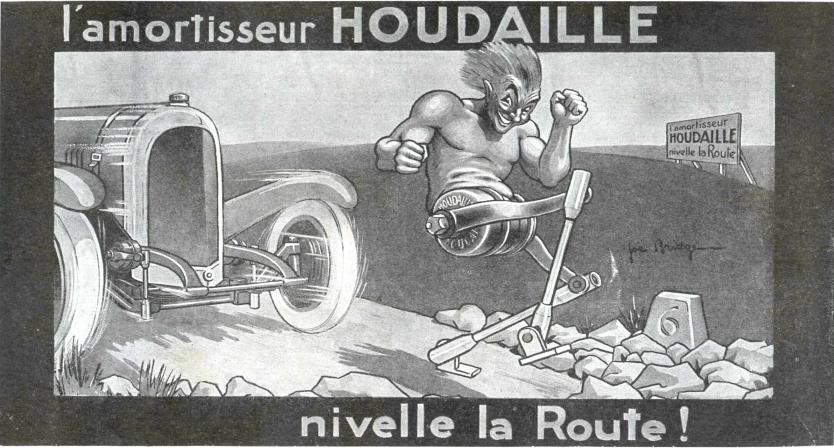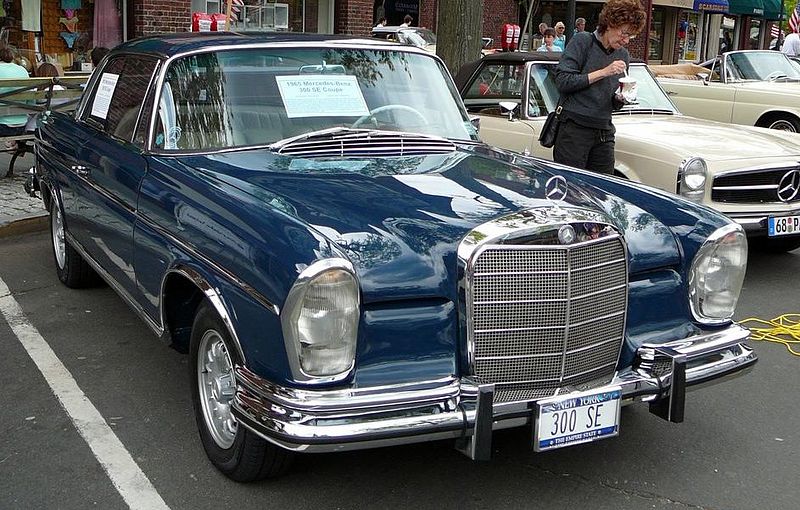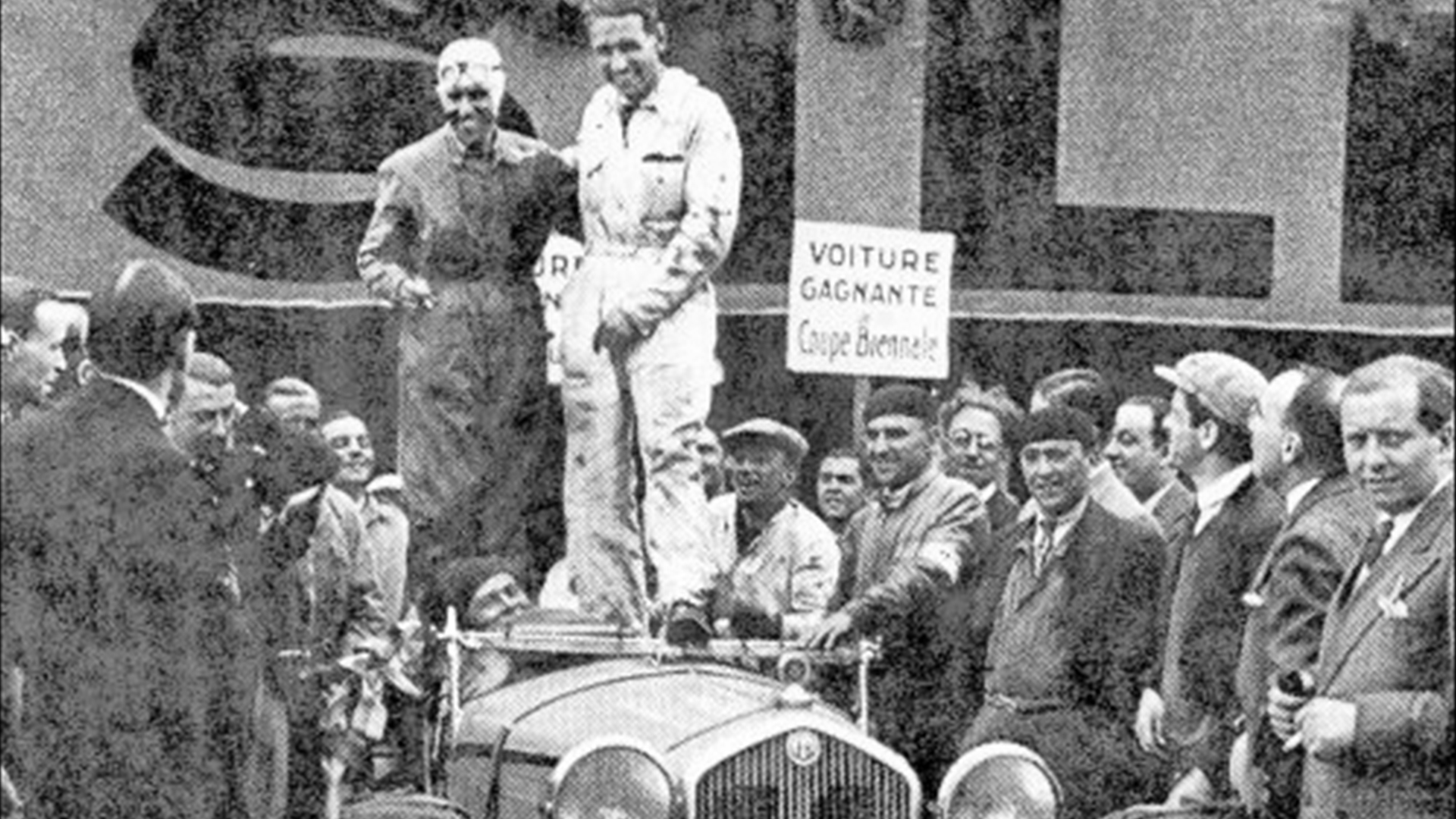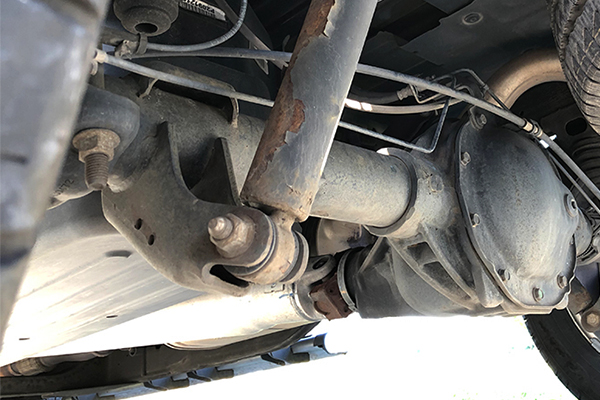On the list of things we take for granted, automobile suspension is definitely up there near the top. Without it, every seemingly harmless car ride down an uneven street would have the potential to knock out your fillings. Thankfully, from the earliest coil springs to a height-adjustable air ride, we've come a long way. Here are three big milestones in suspension history.

Coil springs
Springs have been around for some time — we're talking as far back as ancient Egypt, when a form of "leaf " springs were used on chariots to increase durability and provide a more comfortable ride. But in 1763, a British patent was issued to R. Tredwell for the first coil spring. Also known as a spiral spring, it works by resisting compression and absorbing mechanical energy, like from running over a pothole or bump in the road. The advantage over the leaf system is that it doesn't require routine lubricating and other maintenance. Since then, coil springs have been used for everything from furniture to many types of machinery. 
Shock absorbers
You might think that shock absorbers absorb, well, shock, but not really. They actually dampen the oscillation of the surrounding springs. Translated into English: After coil springs compress, they would continue to sway for a long time were it not for the shock absorbers that convert that kinetic movement into heat, which is then dissipated by hydraulic fluid inside the unit. An inventor from France, Maurice Houdaille, is responsible for creating the first examples in the early 1900s. He started receiving requests from across the pond to use his innovation in American-made cars, including the Ford Model A in 1929. He marketed his products under the name Houdaille Shock Absorbers. 
Air suspension
Go to any auto show, and you'll see souped-up cars and trucks looking like they're literally sitting with the frame on the ground. These hot rods are probably running an air ride suspension. Before tuners were using this type of setup, Mercedes-Benz was already implementing the technology in the 1960s. The 300SE built on the W112 chassis used an independent cone-shaped air spring on each wheel axle, instead of the traditional coil spring. Valves feed air pressure to inflate the springs, keeping the ride height constant. Later models, such as the W109 300SEL, introduced ride-height adjustability.
The future Forefixers of suspension
Although suspension design has certainly "sprung" forward by leaps and bounds from ancient times, the fundamentals are still the same. The future brings next-level innovation such as adaptive dampening, which was once reserved for exotic sports cars and is beginning to trickle down into passenger vehicles. The Lincoln MKC Crossover, for example, offers continuously controlled damping. Utilizing a series of sensors, driver inputs and road conditions are measured up to 20 times per second, and the shock absorbers are automatically stiffened or softened depending on the setting. Shocked by how far suspension has come? Leave us a comment.







